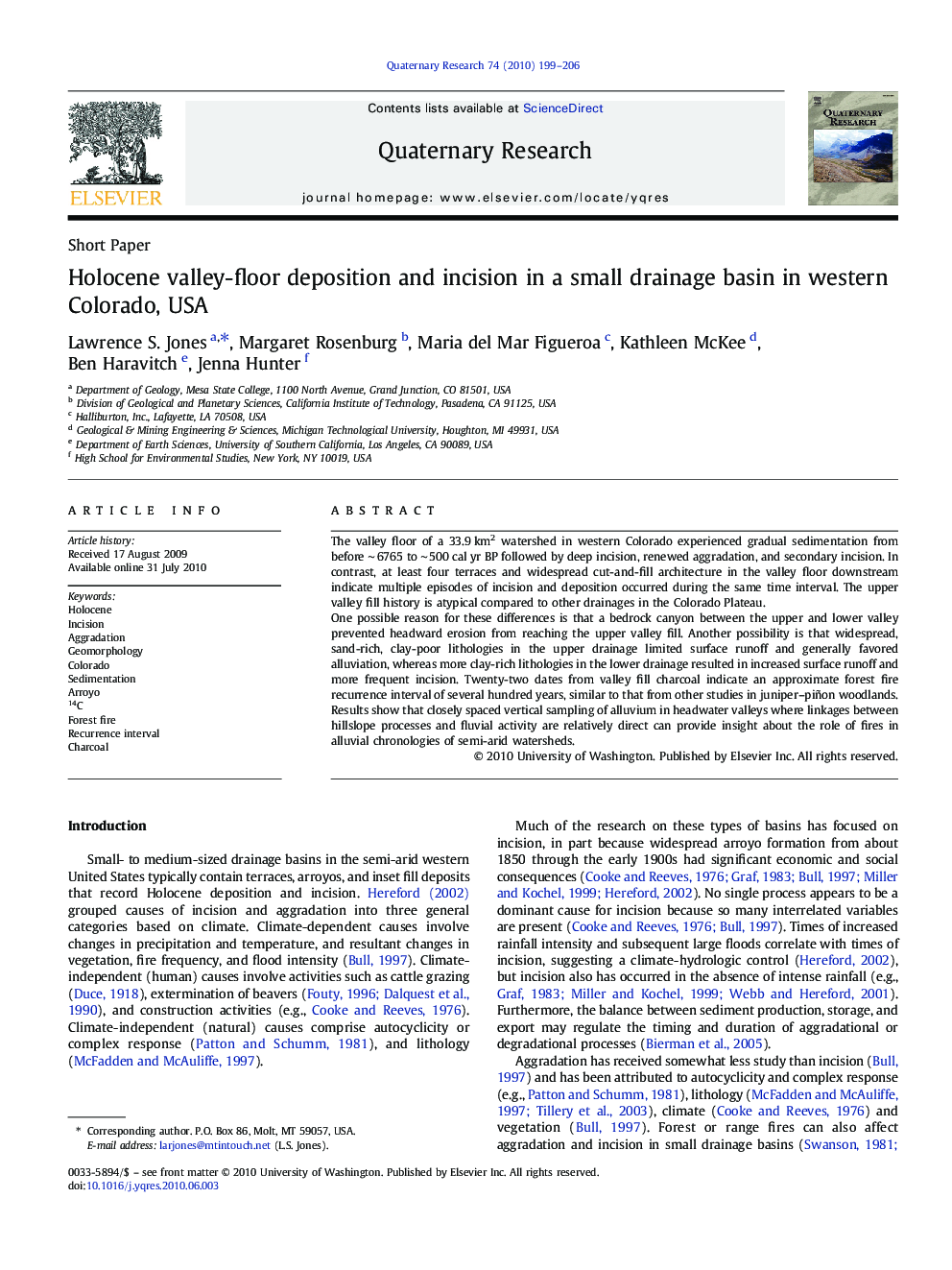| Article ID | Journal | Published Year | Pages | File Type |
|---|---|---|---|---|
| 1045872 | Quaternary Research | 2010 | 8 Pages |
Abstract
One possible reason for these differences is that a bedrock canyon between the upper and lower valley prevented headward erosion from reaching the upper valley fill. Another possibility is that widespread, sand-rich, clay-poor lithologies in the upper drainage limited surface runoff and generally favored alluviation, whereas more clay-rich lithologies in the lower drainage resulted in increased surface runoff and more frequent incision. Twenty-two dates from valley fill charcoal indicate an approximate forest fire recurrence interval of several hundred years, similar to that from other studies in juniper-piñon woodlands. Results show that closely spaced vertical sampling of alluvium in headwater valleys where linkages between hillslope processes and fluvial activity are relatively direct can provide insight about the role of fires in alluvial chronologies of semi-arid watersheds.
Keywords
Related Topics
Physical Sciences and Engineering
Earth and Planetary Sciences
Geology
Authors
Lawrence S. Jones, Margaret Rosenburg, Maria del Mar Figueroa, Kathleen McKee, Ben Haravitch, Jenna Hunter,
